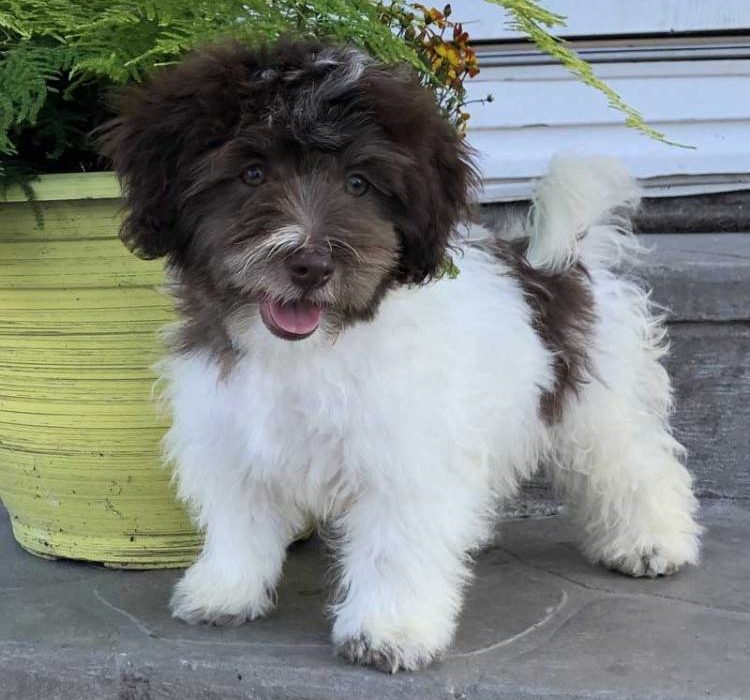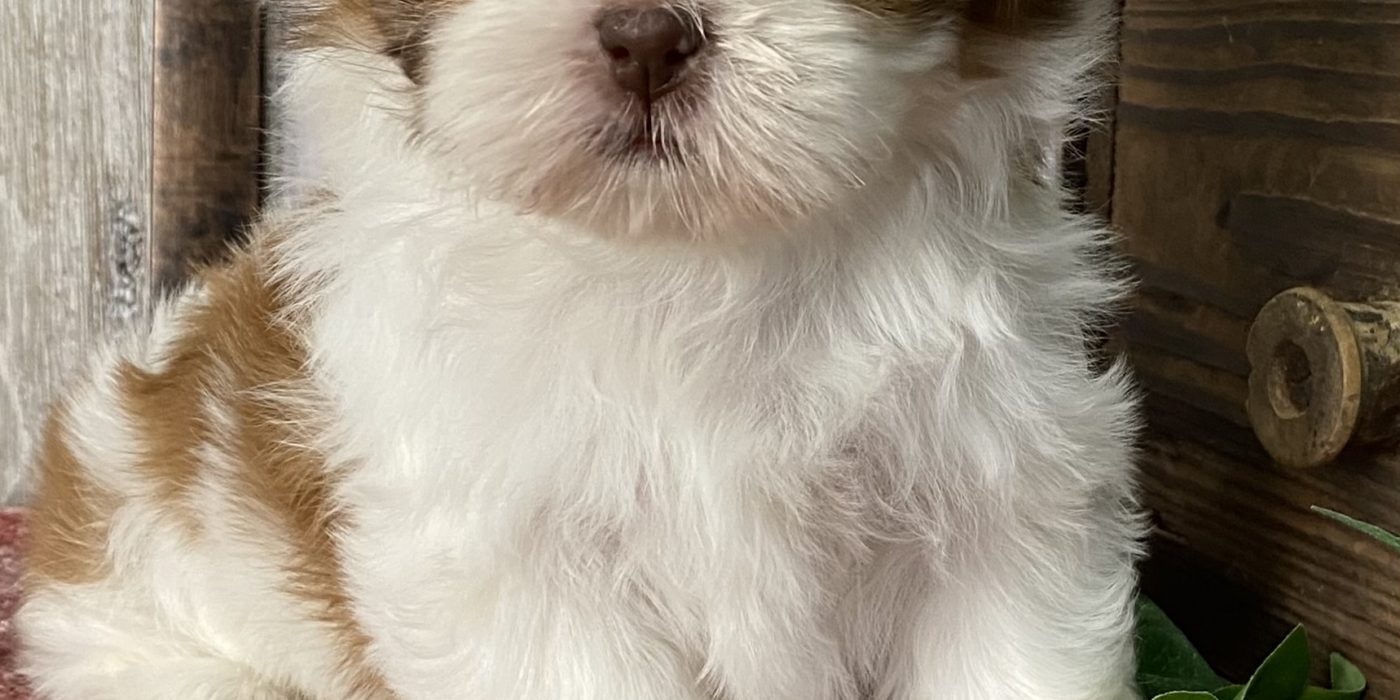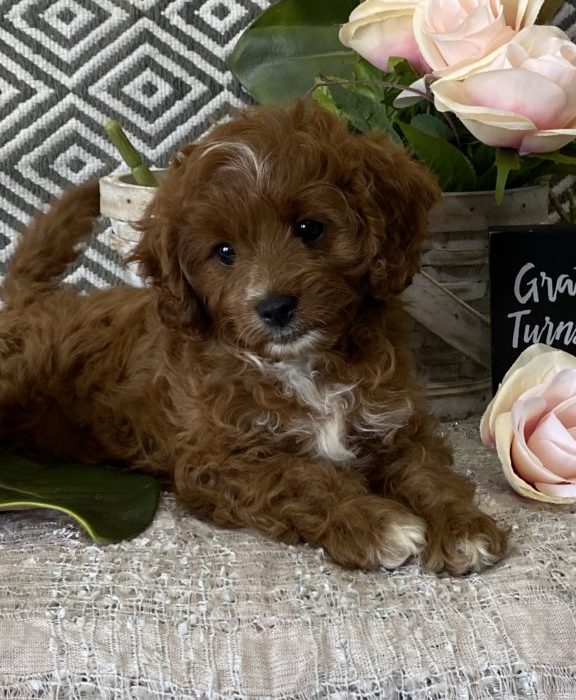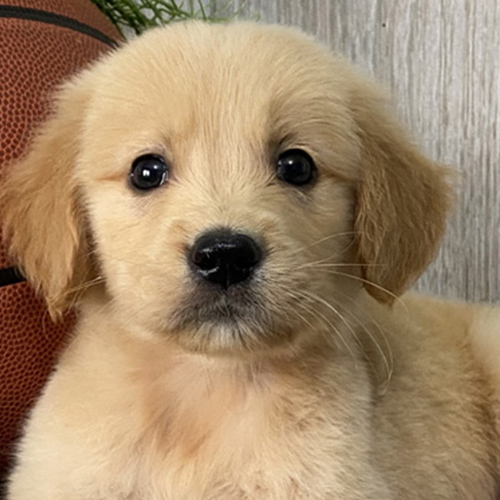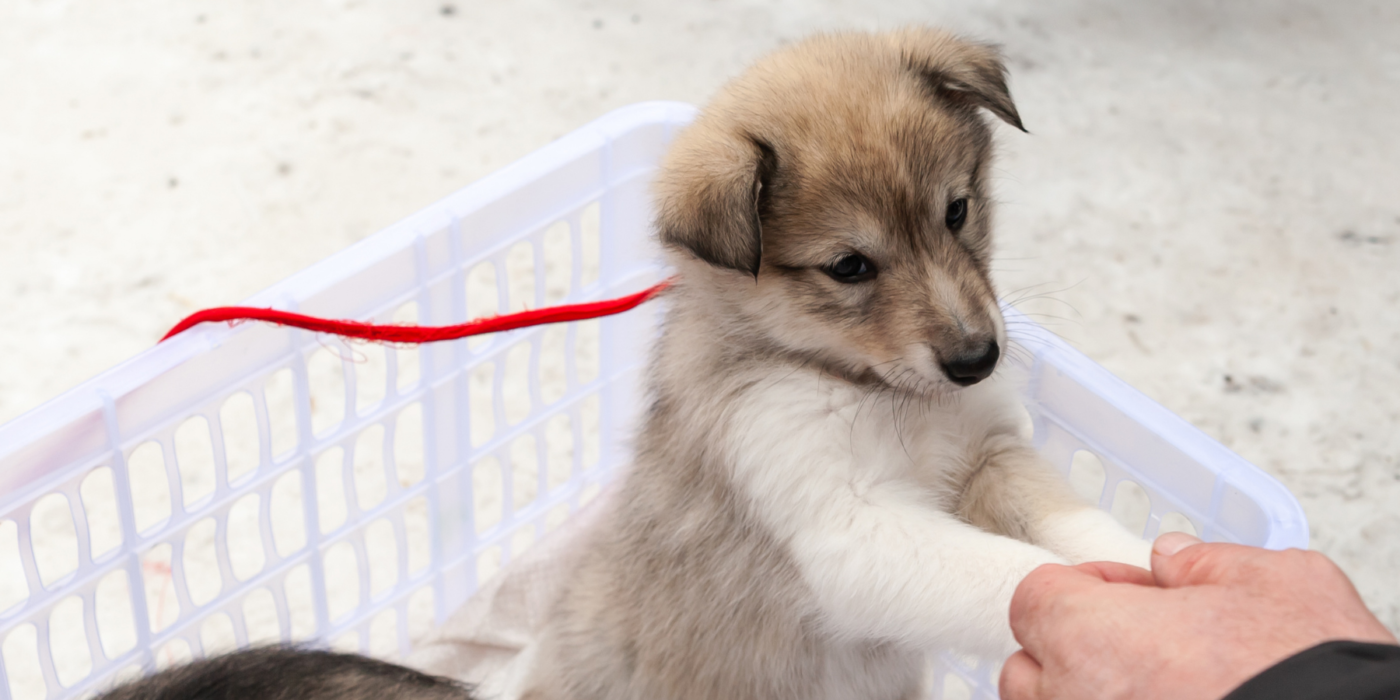Shih Tzu Shedding and Grooming
As a dog breeder who has worked with Shih Tzus for years, I understand that grooming and shedding are important topics for any pet owner. Shih Tzus are known for their long, luxurious coats, but with that comes the responsibility of maintaining their grooming routine. In this article, I’ll cover everything you need to know about Shih Tzu shedding and grooming, from the basics to tips and tricks for keeping your pup looking and feeling their best.
Table of Contents
- Introduction
- Understanding Shih Tzu Coats
- How Often Should You Groom Your Shih Tzu?
- How to Brush a Shih Tzu
- Bathing Your Shih Tzu
- Drying Your Shih Tzu
- Shih Tzu Shedding: What to Expect
- Managing Shih Tzu Shedding
- Dealing with Mats and Tangles
- Trimming Your Shih Tzu’s Coat
- Grooming Your Shih Tzu’s Face
- Grooming Your Shih Tzu’s Feet
- Grooming Your Shih Tzu’s Ears
- Grooming Your Shih Tzu’s Tail
- Conclusion
- FAQs
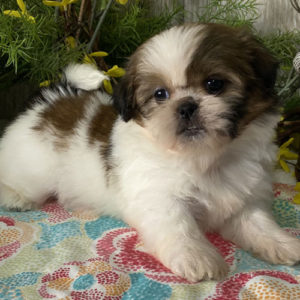
1. Introduction
Shih Tzus are adorable and affectionate dogs, but their long coats can be a challenge to maintain. Regular grooming is essential for keeping your Shih Tzu’s coat healthy, shiny, and free of tangles and mats. Additionally, Shih Tzus are known for shedding, so it’s important to know what to expect and how to manage it.
2. Understanding Shih Tzu Coats
Shih Tzus have a double coat that consists of a soft, dense undercoat and a longer, coarser topcoat. This combination creates the signature fluffy look that the breed is known for. Because their coats are long and fine, Shih Tzus are prone to tangles, mats, and shedding.
3. How Often Should You Groom Your Shih Tzu?
To keep your Shih Tzu’s coat looking and feeling its best, it’s recommended to groom them every 4-6 weeks. This includes brushing, bathing, and trimming as needed.
4. How to Brush a Shih Tzu
Brushing is an important part of Shih Tzu grooming. It helps to remove loose hair, prevent mats and tangles, and distribute natural oils throughout the coat. Use a slicker brush or comb to gently work through your Shih Tzu’s coat, starting at the top and working your way down. Be sure to pay special attention to the areas behind the ears, under the legs, and around the tail, as these areas are prone to matting.
5. Bathing Your Shih Tzu
Bathing your Shih Tzu is important for keeping their coat clean and healthy. Use a mild dog shampoo and warm water, and be sure to rinse thoroughly. Avoid getting water in your Shih Tzu’s ears, and use a washcloth to clean their face. After the bath, wrap your Shih Tzu in a towel and gently pat dry.
6. Drying Your Shih Tzu
After bathing, it’s important to dry your Shih Tzu thoroughly to prevent matting and skin irritation. Use a blow dryer on a low heat setting, and brush their coat as you go. Be sure to dry their ears and paws thoroughly, as these areas are prone to infection.
7. Shih Tzu Shedding: What to Expect
Shih Tzus have a low-shedding coat, but they still shed a small amount of hair throughout the year. Regular brushing prevents mats and tangles, which can cause skin irritation. Stress, poor diet, and changes in climate or environment can affect shedding. If you notice excessive shedding or changes in your Shih Tzu’s coat, consult your vet. Overall, grooming is necessary for their coat health.
8. Managing Shih Tzu Shedding
Shih Tzus are known to shed, but you can manage the shedding with regular grooming. Brush your Shih Tzu’s coat at least once a week to remove loose hair and prevent mats. You can also use a de-shedding tool to remove excess hair. Keeping your Shih Tzu on a healthy diet and providing plenty of water can also help with shedding.
9. Dealing with Mats and Tangles
Mats and tangles can be a common issue for Shih Tzus, especially in areas like behind the ears and under the legs. To prevent and manage mats and tangles, use a slicker brush or comb to gently work through the coat. For more stubborn mats, you may need to use scissors or clippers to remove them. Be sure to go slowly and carefully to avoid hurting your Shih Tzu.
10. Trimming Your Shih Tzu’s Coat
Trimming your Shih Tzu’s coat can help to keep it looking neat and prevent mats and tangles. Use scissors or clippers to carefully trim around the face, paws, and tail. You can also buy complete kits. If you’re not comfortable trimming your Shih Tzu’s coat yourself, consider taking them to a professional groomer.
11. Grooming Your Shih Tzu’s Face
Your Shih Tzu’s face requires special attention when it comes to grooming. Use a comb or brush to gently work through the hair around the eyes and mouth. Be sure to keep the hair around the eyes trimmed to prevent eye irritation and infection.
12. Grooming Your Shih Tzu’s Feet
Grooming your Shih Tzu’s feet is important for their overall hygiene and comfort. Use scissors or clippers to carefully trim the hair between their toes, and remove any excess hair on the bottom of their feet. This will help to prevent mats and tangles and keep your Shih Tzu’s feet clean.
13. Grooming Your Shih Tzu’s Ears
Cleaning and grooming your Shih Tzu’s ears is essential for preventing infections and irritation. Use a cotton ball or soft cloth to gently clean the inside of their ears, and trim any excess hair around the ear canal. Be sure to monitor your Shih Tzu’s ears for signs of infection, such as redness, swelling, or discharge.
14. Grooming Your Shih Tzu’s Tail
Your Shih Tzu’s tail can be prone to matting and tangles, so it’s important to groom it regularly. Use a slicker brush or comb to gently work through the hair on the tail, and trim any excess hair as needed.
15. Conclusion
Shih Tzu grooming can be a time-consuming but rewarding task. By following these tips and tricks, you can keep your Shih Tzu’s coat healthy, shiny, and free of tangles and mats. Remember to groom your Shih Tzu regularly, and monitor their coat and skin for any signs of irritation or infection.
FAQs
- How often should I brush my Shih Tzu’s coat?
- It’s recommended to brush your Shih Tzu’s coat at least once a week to prevent mats and tangles
- .Can I use human shampoo on my Shih Tzu?
- No, it’s best to use a mild dog shampoo on your Shih Tzu to avoid skin irritation.
- How often should I trim my Shih Tzu’s coat?
- It depends on your Shih Tzu’s coat and grooming needs, but generally every 4-6 weeks is recommended.
- Should I take my Shih Tzu to a professional groomer?
- If you’re not comfortable grooming your Shih Tzu yourself, or if they have a particularly thick or matted coat, it may be best to take them to a professional groomer.
- What should I do if my Shih Tzu has a lot of mats?
- If your Shih Tzu has a lot of mats, it’s best to take them to a professional groomer who can safely remove them without hurting your dog.
- Can I shave my Shih Tzu’s coat in the summer?
- While it may be tempting to shave your Shih Tzu’s coat in the summer to keep them cool, it’s not recommended. Shih Tzus have a double coat that helps regulate their body temperature, and shaving can actually make them more susceptible to sunburn and heatstroke.
Overall, grooming your Shih Tzu is an important part of keeping them healthy and happy. By following these tips and tricks, you can make grooming a fun and enjoyable experience for both you and your furry friend. Remember to always be gentle and patient, and to monitor your Shih Tzu’s coat and skin for any signs of irritation or infection.
Grooming is an essential part of owning a Shih Tzu. These adorable dogs have a long and luxurious coat that requires regular maintenance to keep it healthy and free of mats and tangles. Shedding is a natural process that all dogs go through. However, some breeds, like Shih Tzus, shed less than others. Shih Tzus have a single coat of hair that grows continuously and does not have an undercoat. This means that they do not shed as much as other breeds and are considered to be hypoallergenic. However, their long hair can still become tangled and matted if not properly groomed.
To keep your Shih Tzu’s coat looking its best, it’s important to brush them regularly. A slicker brush and a comb are the best tools to use. Start by brushing the hair on the back of the neck and work your way down the body, paying special attention to the areas behind the ears, under the arms, and around the legs. If you encounter any mats or tangles, use a mat splitter or dematting tool to gently separate the hair.
Bathing your Shih Tzu is also an important part of grooming. It’s recommended to bathe them every 3-4 weeks to keep their coat clean and healthy. Use a gentle, hypoallergenic shampoo and conditioner specifically designed for dogs to avoid irritating their skin. Be sure to rinse thoroughly to remove all shampoo and conditioner from their coat.
In addition to brushing and bathing, regular trimming is also necessary to keep your Shih Tzu looking their best. The hair around their eyes, mouth, and bottom should be trimmed regularly to prevent irritation and infection. Their nails should also be trimmed every few weeks to prevent them from becoming too long and causing discomfort.
If you’re not comfortable grooming your Shih Tzu yourself, or if they have a particularly thick or matted coat, it may be best to take them to a professional groomer. A professional groomer will have the necessary tools and expertise to groom your Shih Tzu safely and effectively.
If your Shih Tzu has a lot of mats, it’s best to take them to a professional groomer who can safely remove them without hurting your dog. Attempting to remove mats yourself can be painful and may cause injury to your dog’s skin.
While it may be tempting to shave your Shih Tzu’s coat in the summer to keep them cool, it’s not recommended. Shih Tzus have a double coat that helps regulate their body temperature, and shaving can actually make them more susceptible to sunburn and heatstroke.
Grooming your Shih Tzu is an important part of keeping them healthy and happy. By following these tips and tricks, you can make grooming a fun and enjoyable experience for both you and your furry friend. Remember to always be gentle and patient, and to monitor your Shih Tzu’s coat and skin for any signs of irritation or infection.
At Family Affair Puppies, we understand the importance of proper Shih Tzu grooming and are happy to offer advice and guidance to our customers. Whether you’re a seasoned pet owner or new to the world of dogs, we’re here to help ensure that your furry friend remains healthy and happy for years to come. So, don’t hesitate to reach out to us with any questions or concerns you may have about Shih Tzu shedding and grooming.

